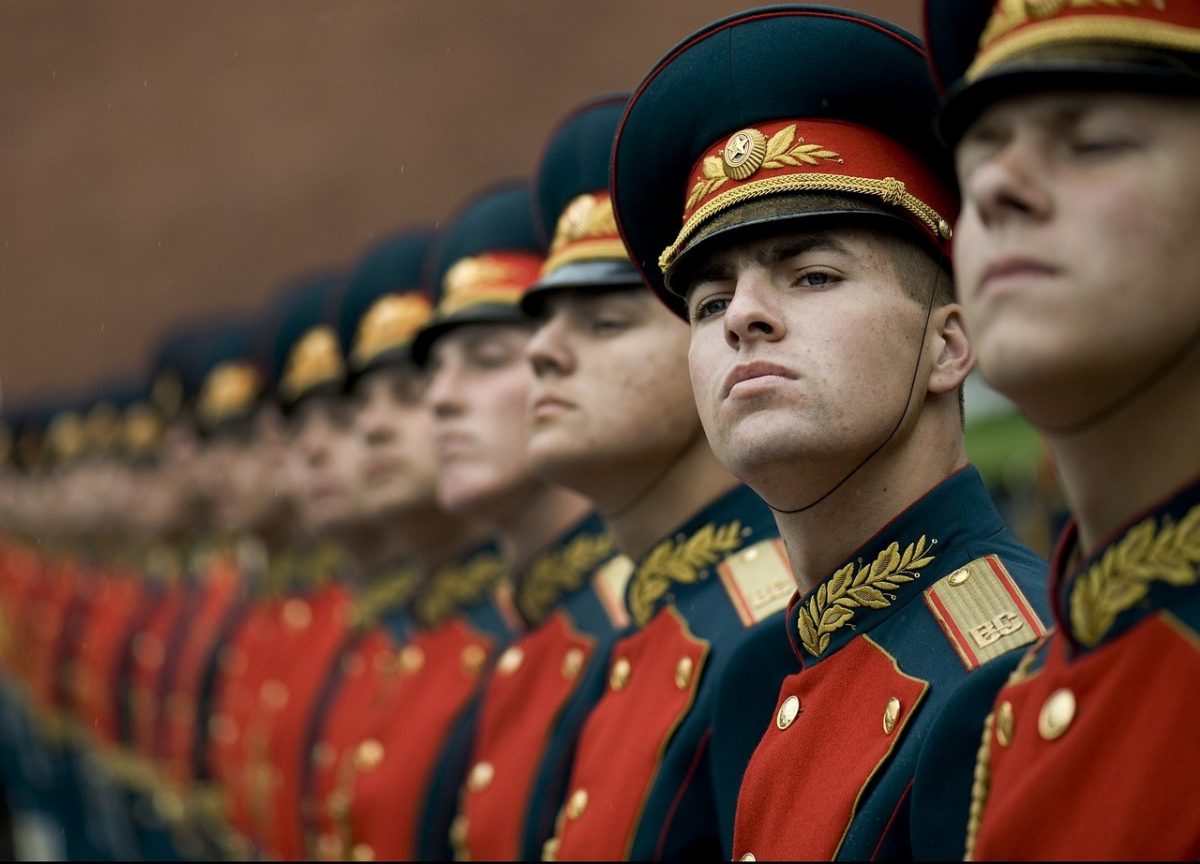Russia’s opaque Wagner Group continues to serve as Putin’s brutal paramilitary force supporting his war in Ukraine. Not unlike earlier times in Russian history, internal power conflicts challenged the arrangement and today, it remains in flux. Yevgeny Prigozhin, head of the group, remains involved in Russia military activities as are other private organizations supporting Putin. The Russian state’s private armies have implications for relevant actors in other unstable, less developed states, too. Analysts in Washington this week are assessing if the Putin-Wagner clash will sway how other private armies around the world serve the Russian state apparatchiks. Molly Dunigan and Anthony Atler of the RAND Corporation suggest that the West use a RAND-developed military will-to-fight model to highlight opportunities to counter adversary-employed private military actors.
Russia’s private armies are involved in hot spots around the globe, including in Syria, Ukraine, several African countries. They are connected to, but not an official part of, the Russian state military apparatus. These armies provide a plausible cover while allowing Russia to expand its footprint outside of its immediate geopolitical sphere of influence and simultaneously push back on Western influence. Groups, like Prigozhin’s, are directly involved often in major combat operations and conflicts short of outright war. RAND’s model suggests that the United States and its allies “may be able to counter these actors and diminish their will to fight through cognitive maneuver, a concept that emphasizes changing minds and behaviors as a path to victory.” At a time when the American public does not want to see the country’s troops involved in kinetic warfare in Europe, this may be a method to make bloodless progress toward quelling the small-state instability brought about by Russia.
RAND found that using multimethod qualitative analyses, they could identify potential vulnerabilities at the individual, team, organizational, state, and societal levels that could be targeted to diminish the motivation to fight among individual contractor personnel, the relationships between Russian private military companies, and the Russian government and armed forces, and public opinion on the use of contractors and their treatment.
Key among RAND’s findings:
First, the opaque nature of the Russian private military industry is making is challenging for Western intelligence agencies to identify the actors. They have bene operating globally for decades but little is understood about who they are and the personnel they employ in the field. Technically, private armies remain illegal in Russia and operate “under the radar.”
Second, RAND says that there are opportunities, at multiple levels, to challenge the private actor armies’ will to fight cognitively without risking US soldiers lives in an actual theater of operation. Dunigan and Atler point out that at an individual level, private military personnel tend to be motivated by economic factors rather than a sense of patriotism or loyalty to the Russian state. Moving to a team level, they suggest that the West could exacerbate the negative views the state military and private forces hold about each other. At the organization level, there are opportunities to exploit negative feelings. There is a pervasive sense that leadership exerts influence though coercion. In addition, there are disparities in pay and treatment of Russian paramilitary forces could dissuade recruits. RAND examined the state level and found that in Russia, the industry’s illegal status indicates a lack of state support, which could discourage recruitment and inhibit retention of private military personnel. Societally, the Russian people have little knowledge of how their private army personnel are employed or inhumanely treated.
Finally, the RAND report points out that Russian private military actors are reminiscent of auxiliary forces and that they serve to expand Russia’s military footprint while their illegal status allows Russia to maintain plausible deniability of involvement in military operations.
Donigan and Atler suggest four ways the United States and the West could address the challenge of Russia’s private military forces throughout the world to stabilize increasingly vulnerable regions of the world. First, exploit vulnerabilities in recruitment and retention of contractor personnel and in their loyalty and commitment to Russian private military companies and the Russian state. They add that broadcast warnings to potential recruits about the coercive nature of contracts, disparities in pay and living conditions between contractor ranks, as well as the mental and physical health risks of private military contractor employment and difficulty accessing treatment may dissuade some from joining. Third, they suggest the United States identify and exploit opportunities to sow disorder or exacerbate tensions between Russian private military actors and Russian military forces. Finally, they conclude, it is important to create societal backlash against Russia’s use of private military personnel by publicly disseminating information about their veteran status and poor treatment, as well as data on casualties. Taken together, the RAND study offers a comprehensive method for how the United States can stand up to Russian forces in remote areas where direct kinetic confrontation is not a viable option.
Daria Novak served in the U.S. State Dept.
Photo: Pixabay
